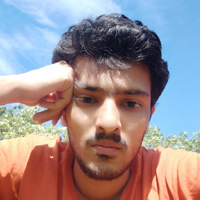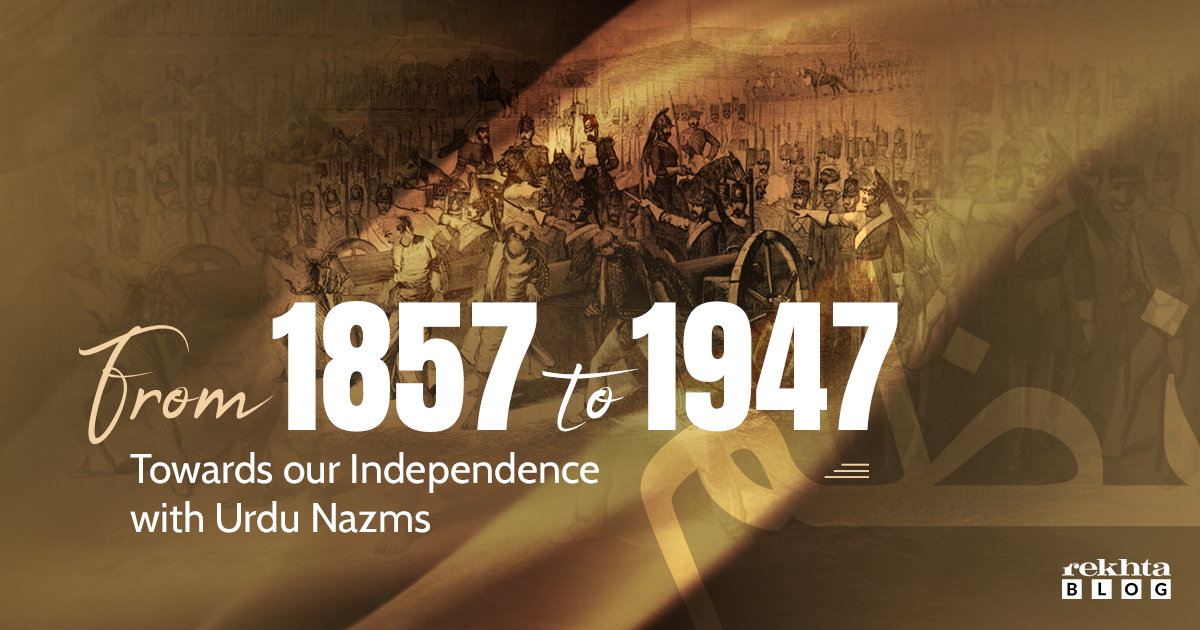
From 1857 to 1947: Towards Our Independence with Urdu Nazms
Some of the most torrential years, in the age of Time, have been witnessed by India, better put, undivided India. A country which was ruled by the Britishers for over a century, saw movements, marches, massacres, revolutions, and what not; a country which resolutely endeavored for independence at every step, an endeavor which we now call, ‘Freedom Struggle’.
History will tell you about the important events that took place in this struggle, and politicians will explain how ‘their’ freedom fighters were the stimulants to these events, but only literature can lay open the true state experienced by the common people.
A part of India’s exquisite literature that has arguably been the closest to common people is Urdu poetry. So much so, that many of the couplets have become like idioms to us. But besides Ghazals and its Shers, Nazms, too are etched in our collective consciousness.
As a reader, keen to explore literary works centered around India’s independence, Nazms prove to be extremely worthwhile for they chronologically illustrate the different phases through which India passed amidst its freedom strife. It also corroborates the old saying that poets are the deponents of an age.’
The following excerpts from various Nazms will reintroduce you to our freedom struggle, not only from a poet’s point of view but also from the standpoint of the countless, nameless people who were at the very heart of it, from 1857 to 1947.
MIRZA GHALIB: 1857
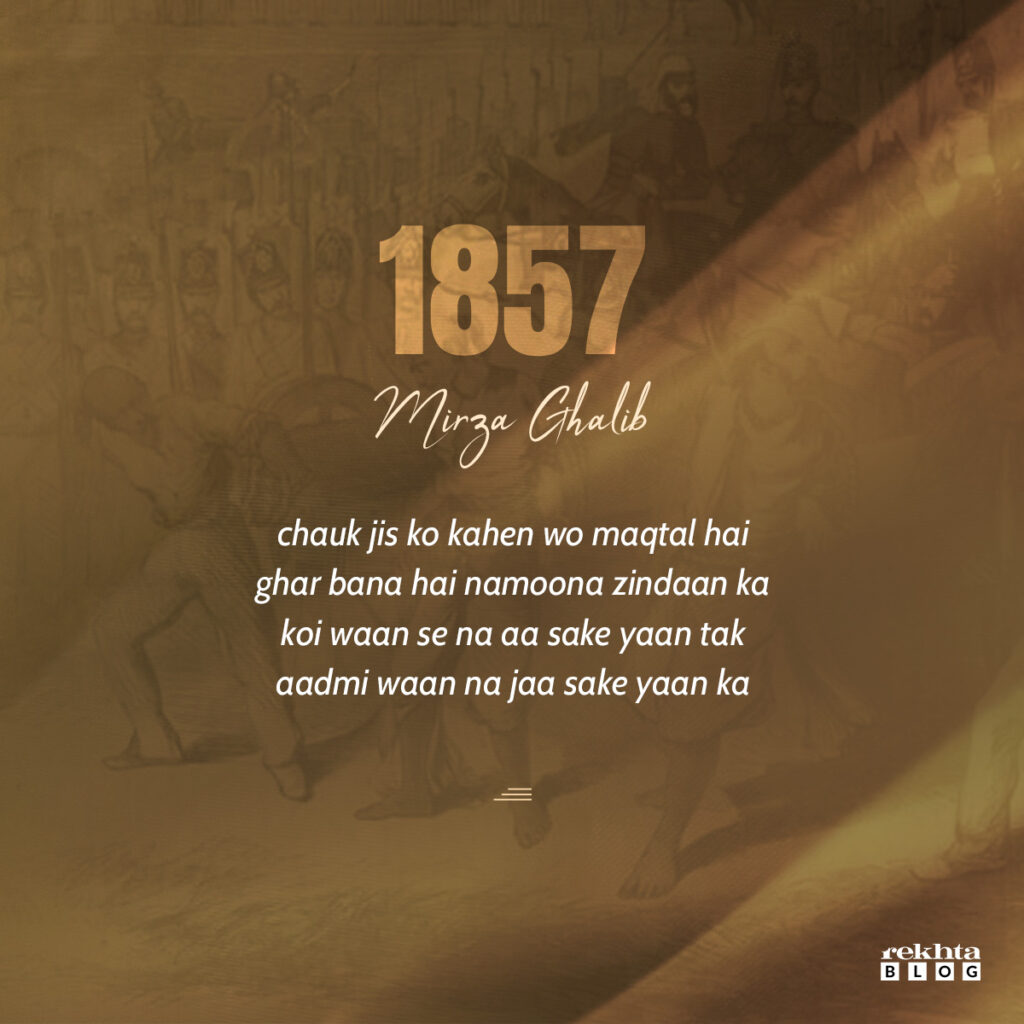
Mirza Ghalib, generally known for his Ghazals, versifies the revolt of 1857 in a Qita, titled ‘1857’, wherein the city of Delhi was plundered by the English forces. Ghalib paints a stirring image with his words when suddenly every street square resembles a place of execution and every house confinement. Sadly, this was just the beginning of the end.
MUHAMMAD HUSSAIN AZAD: HUBB-E-WATAN
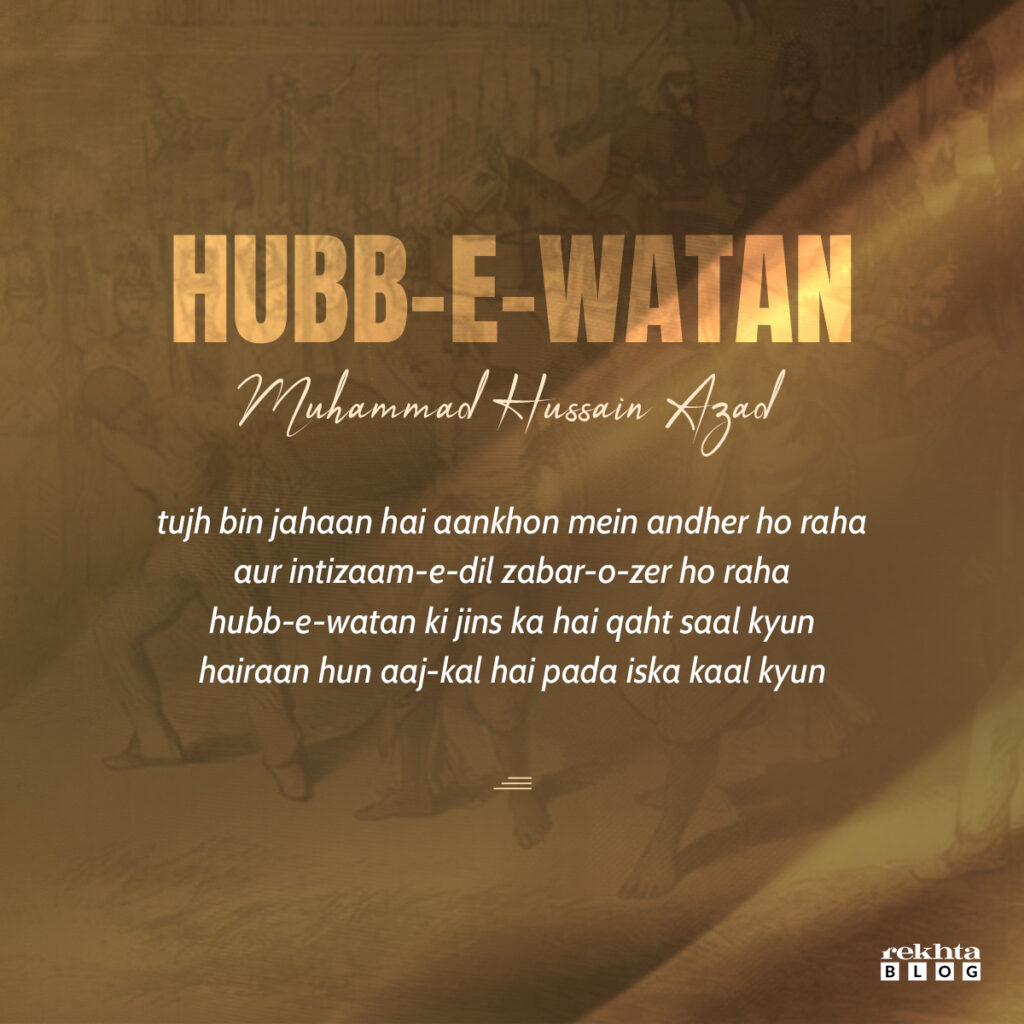
Azad’s fame primarily rests upon his masterpiece ‘Aab-e-Hayat’, a work which well and truly eclipsed his achievements as a poet. One of his patriotic, though admonishing Nazm ‘Hubb-e-Watan’, addressed and brought to light the traitors which traded the love for their homeland for material rewards. It denudes the cracks that had started to appear in the ship, cracks that showed that drowning was now inevitable.
ALTAF HUSSAIN HALI: INGLISTAN KI AAZADI AUR HINDOSTAN KI GHULAMI
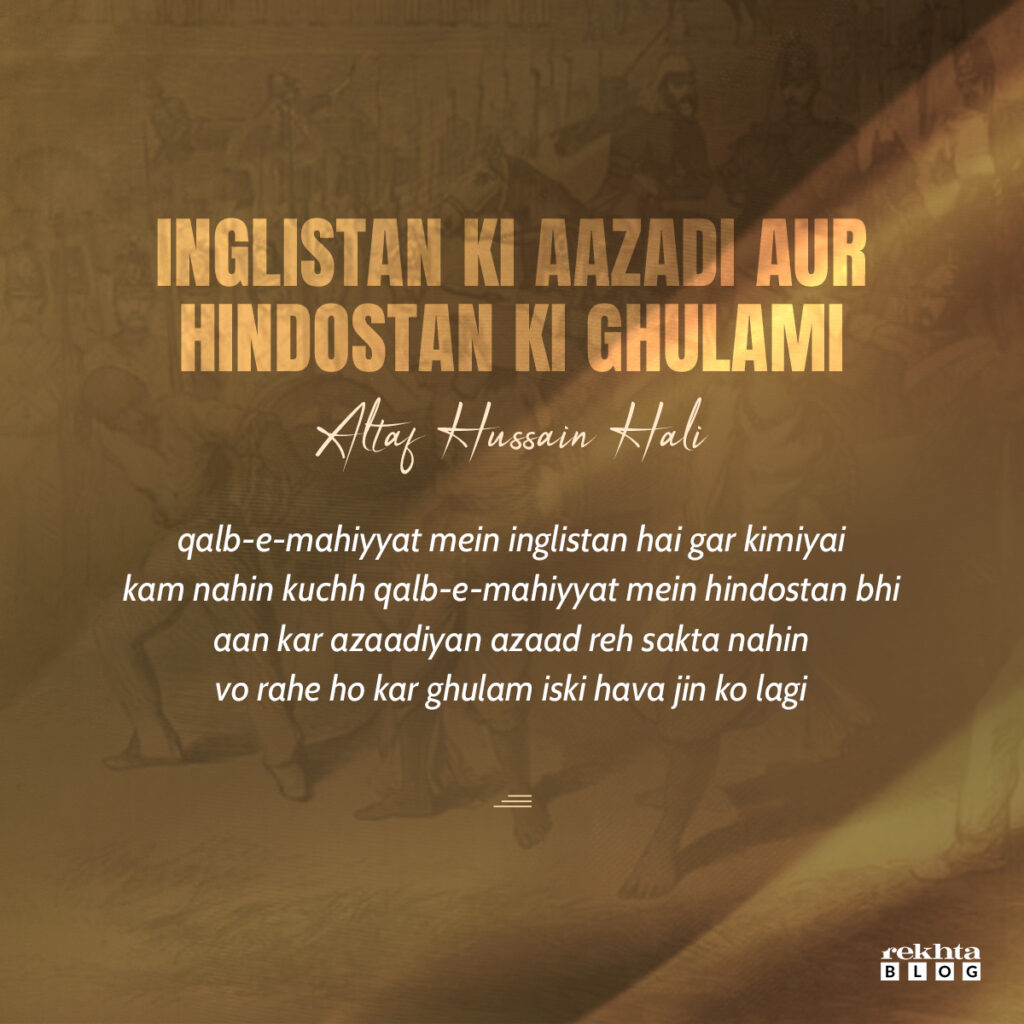
Hali closely kept up with Sir Syed’s call for transforming the social, educational, and political framework, especially for the Muslim community. The fierce tone of his poems reflects the same outlook, in the aforementioned Nazm, he draws an alarming contrast by declaring that their freedom rests upon our captivity. It’s startling to see how right he was!
SHIBLI NAUMANI: TIFL-E-SIYASAT
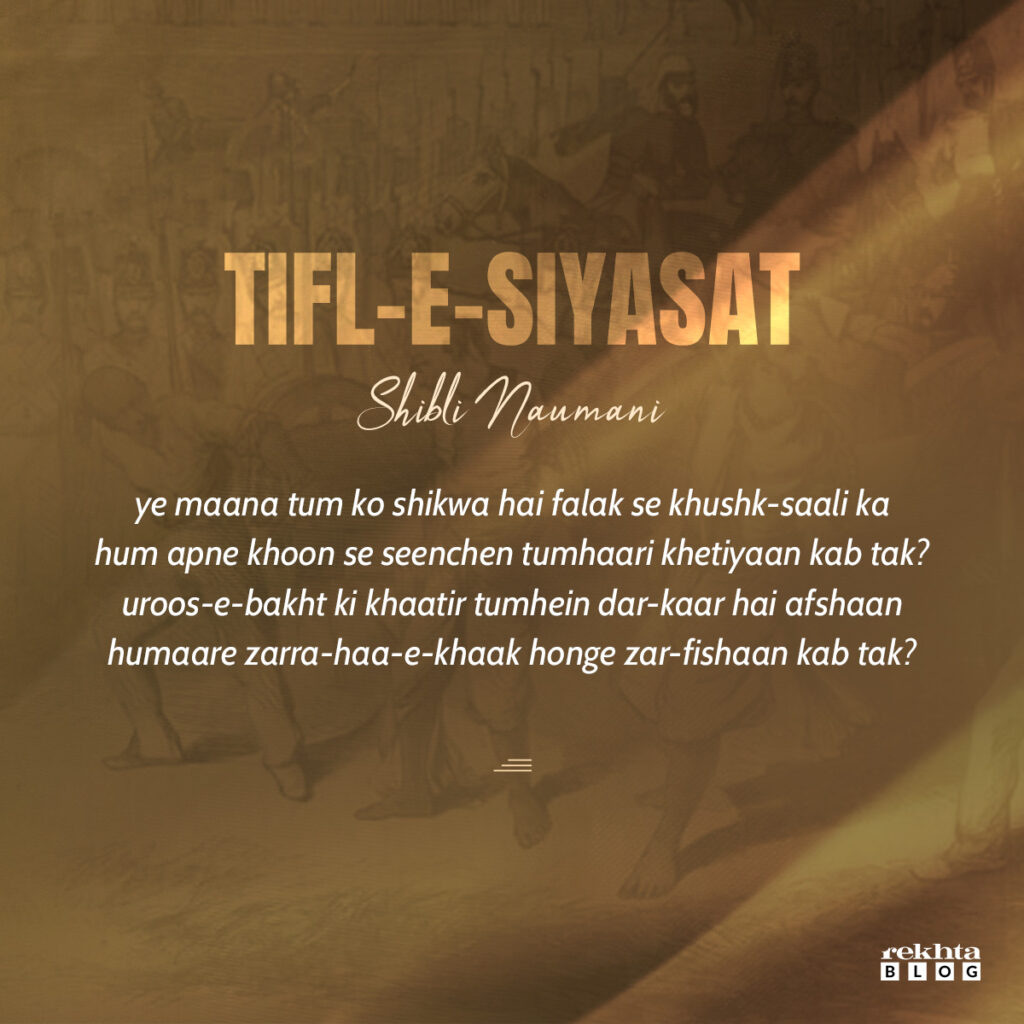
Shibli, akin to Hali, echoed a similar note, but the rebellious tone of his Nazm is certainly within earshot. The suppression that people were subjected to, choir Shibli’s cleverly set interrogative refrain, ‘Kab Tak?’ A conscientious poet can always come up with words that can bring together an entire nation and its collective sentiment.
SURUUR JAHANABADI: GULZAR-E-WATAN
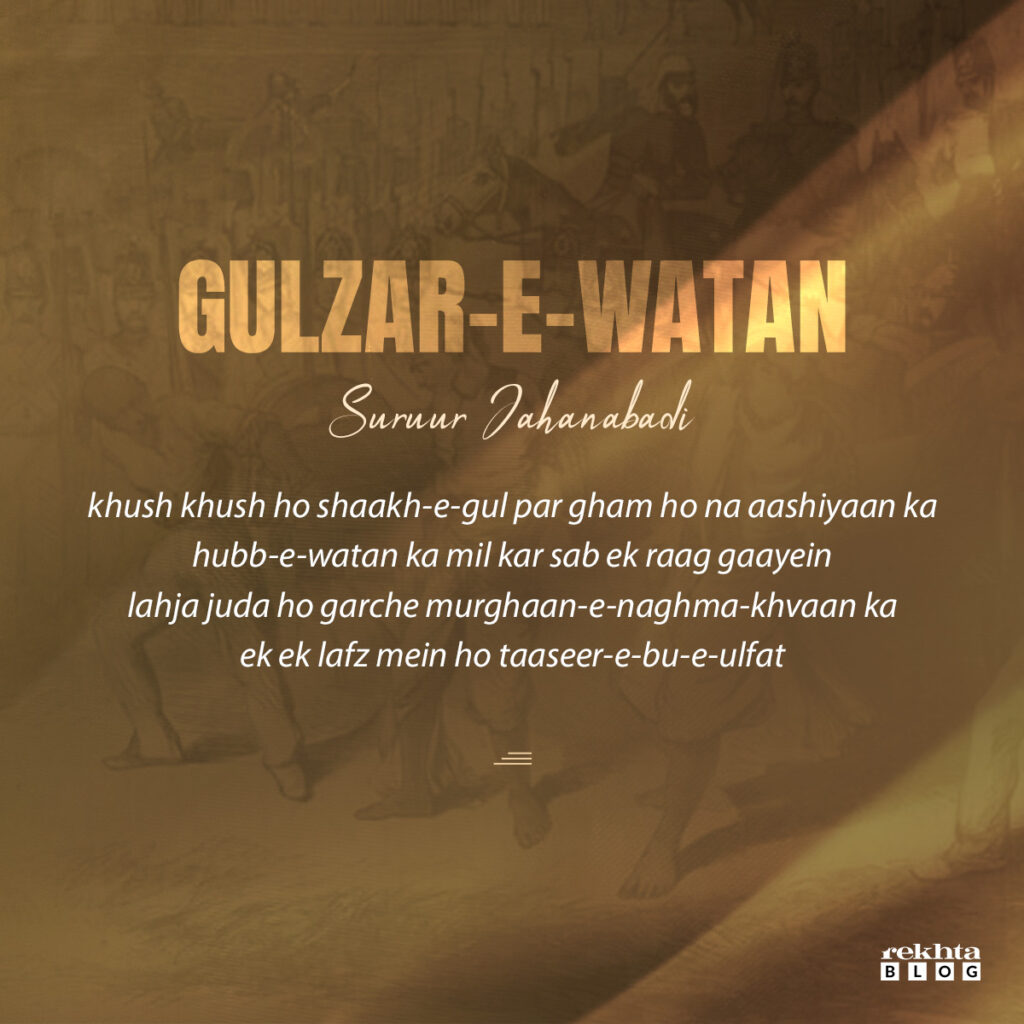
The Nazm above is like a light at the end of the tunnel. Hope, though in its faintest form, is just about manifest. Surur has allegorically depicted his homeland as a rose-bed where a new morning is about to make the scene, the only requisite though is for us to stay together and hold our ground. The second couplet is truly an exemplar of unity in diversity!
ALLAMA IQBAL: HINDUSTANI BACHCHON KA QAUMI GEET
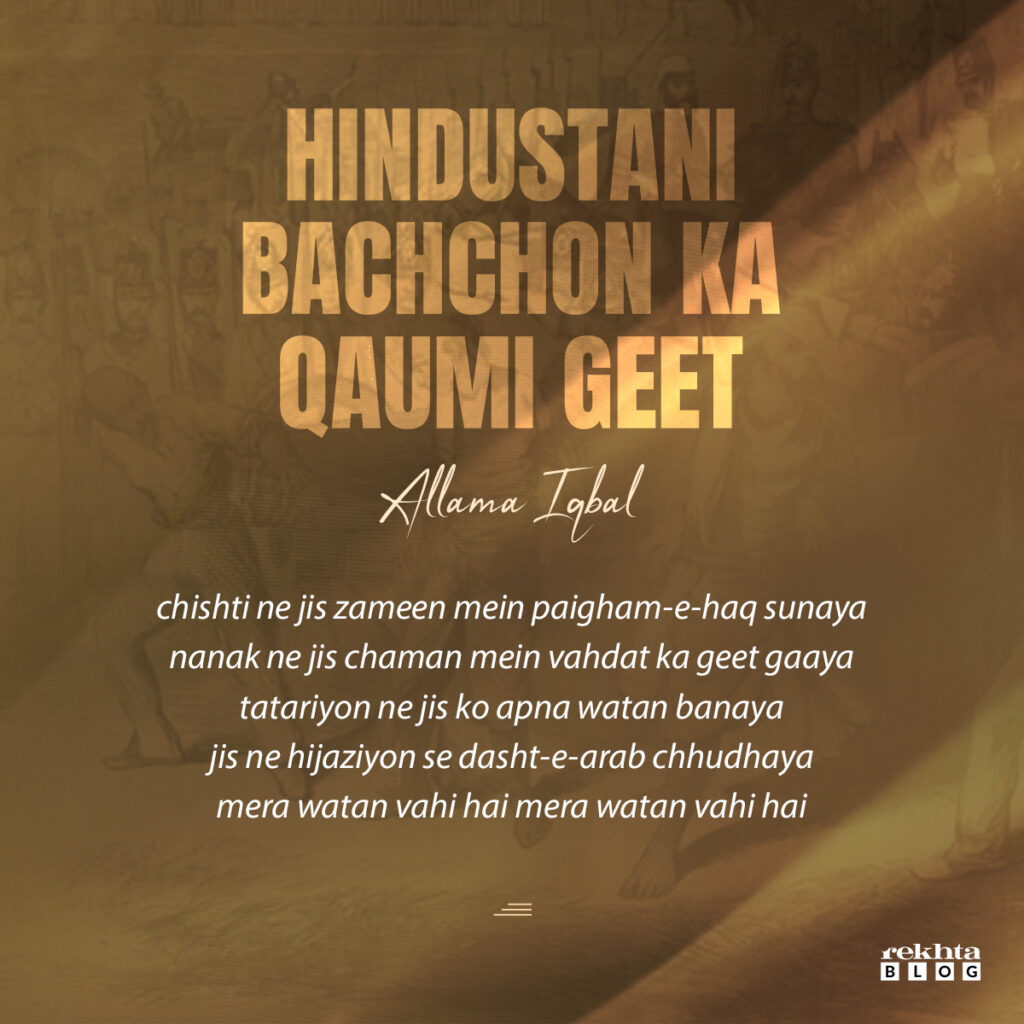
Iqbal needs no introduction. His many unifying and patriotic Nazms are engraved in our memories. ‘Taraana-e-Hindi (Saare Jahaan Se Achcha)’, ‘Naya Shiwala’, and many other poems speak for themselves. But the Nazm above is the most distinguished among all. Addressing children, Iqbal calls to mind the forgotten greatness of this land. The touching part of the Nazm is its refrain, ‘Mera Watan Vahi Hai, Mera Watan Vahi Hai’; is the poet maintaining a fact, or consoling himself by desperately repeating it? I urge you, dear reader, to figure out on your own.
ZAFAR ALI KHAN: INQALAAB-E-HIND
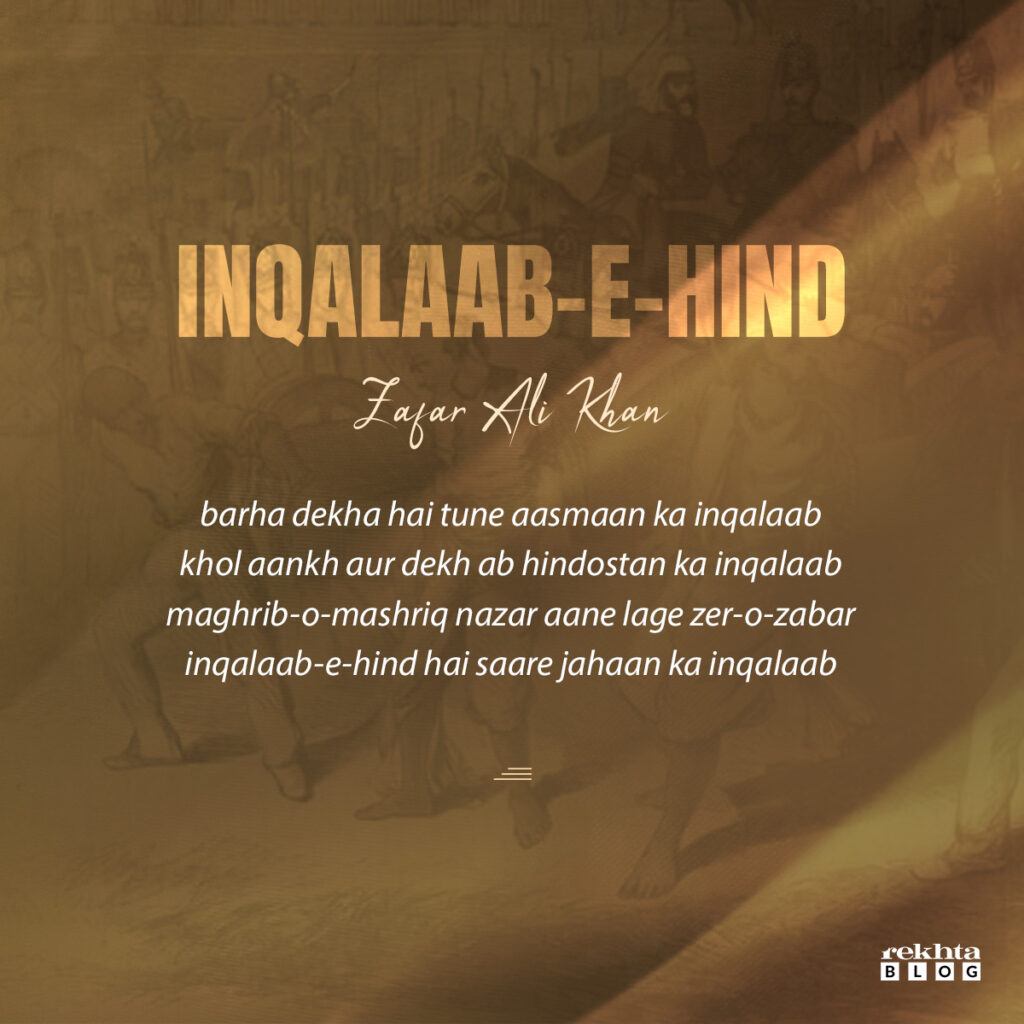
A political activist, freedom fighter, and poet, Zafar Ali Khan wrote quite a few revolutionary and patriotic Nazms which instilled a passion for freedom in the heart of every Indian. Inqilab-e-Hind is an outstanding example of it, what’s more is that modern-day readers can almost instantly reckon how big the movement was getting. After all, the poet himself writes, ‘India’s revolution is the entire World’s revolution’!
CHAKBAST BRIJ NARAYAN: WATAN KA RAAG
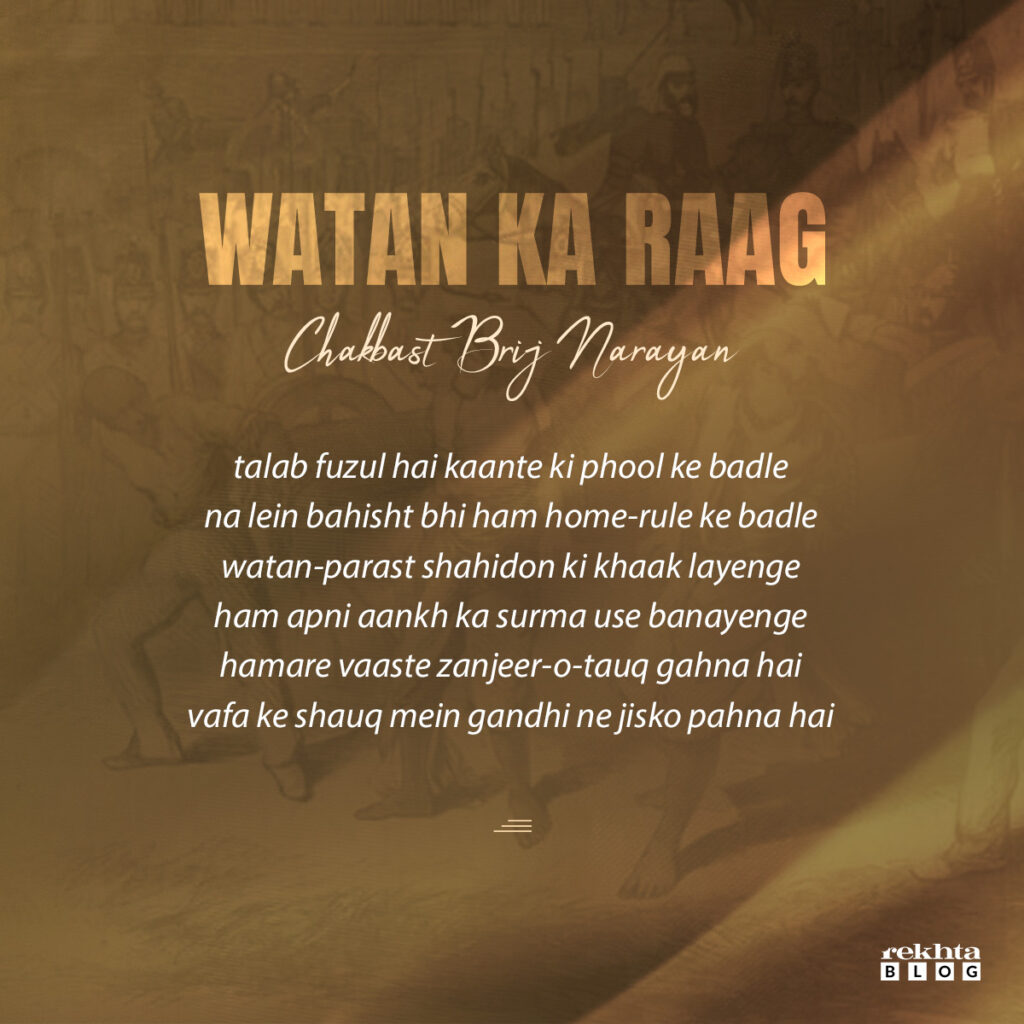
Chakbast’s fearless Nazms are a call to action. Other equally moving Nazms of his include, ‘Hubb-e-Qaumi’, ‘Humara Watan Dil Se Pyara Watan’, and ‘Khak-e-Hind’. But Watan Ka Raag exemplifies how a fine poet can effortlessly dovetail a grave political issue in his writings. A scathing dismissal of the British government’s forced home rule in 1910, the Nazm is regarded as an impetus to our independence movement.
JOSH MALIHABADI: WATAN
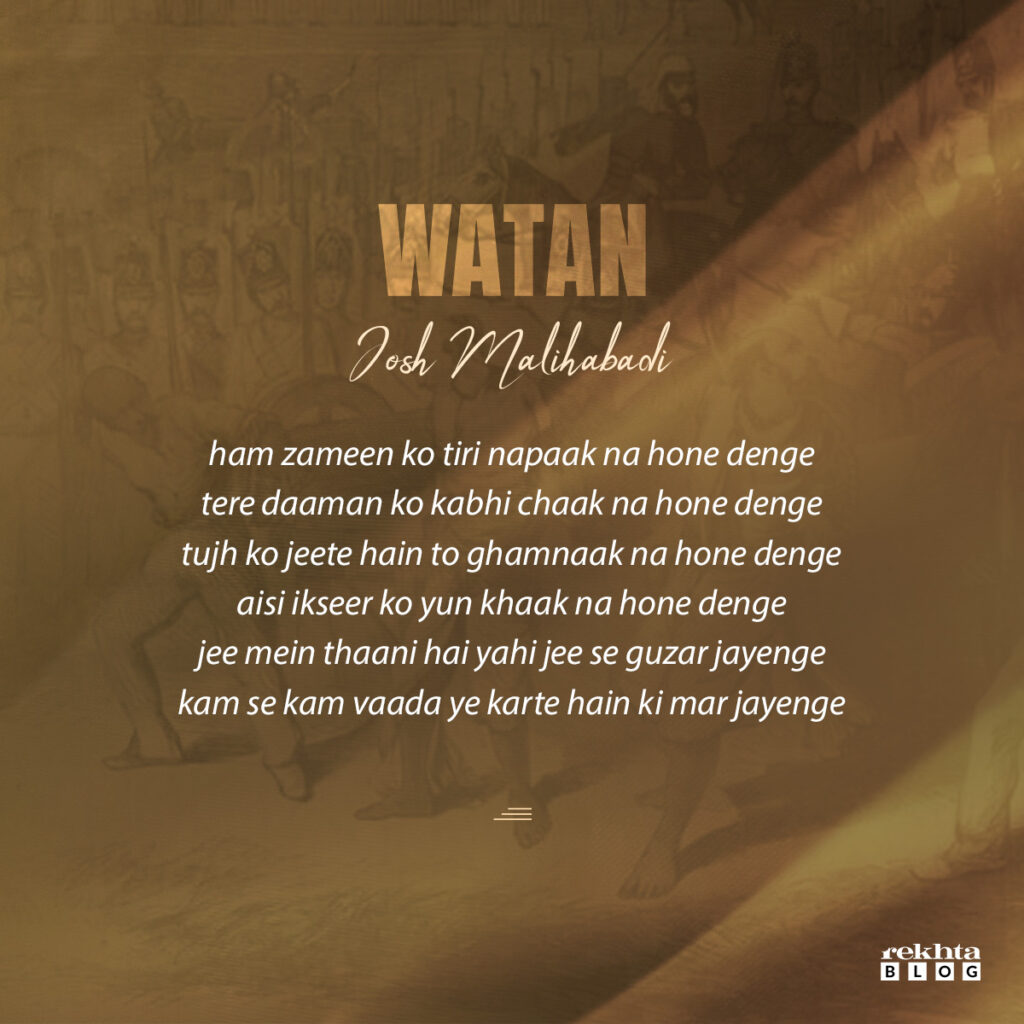
Josh was given the title of ‘Shayar-e-Inqilab’ or revolutionary poet, and his Nazm ‘Watan’ establishes it. The force of his words, the inflection of syllables in the meter, and the future-tensed rhyme; all work in tandem in arousing the reader’s dejected spirits, calling for one last labor wherein one’s life, too, is worth sacrificing.
The Nazms above offer us a stroll through the less-known, dimly lit corridors of our past. From Ghalib to Josh, a curtain was raised and dropped, a curtain that brought countless people together to realize a shared dream, Independence.
NEWSLETTER
Enter your email address to follow this blog and receive notification of new posts.




